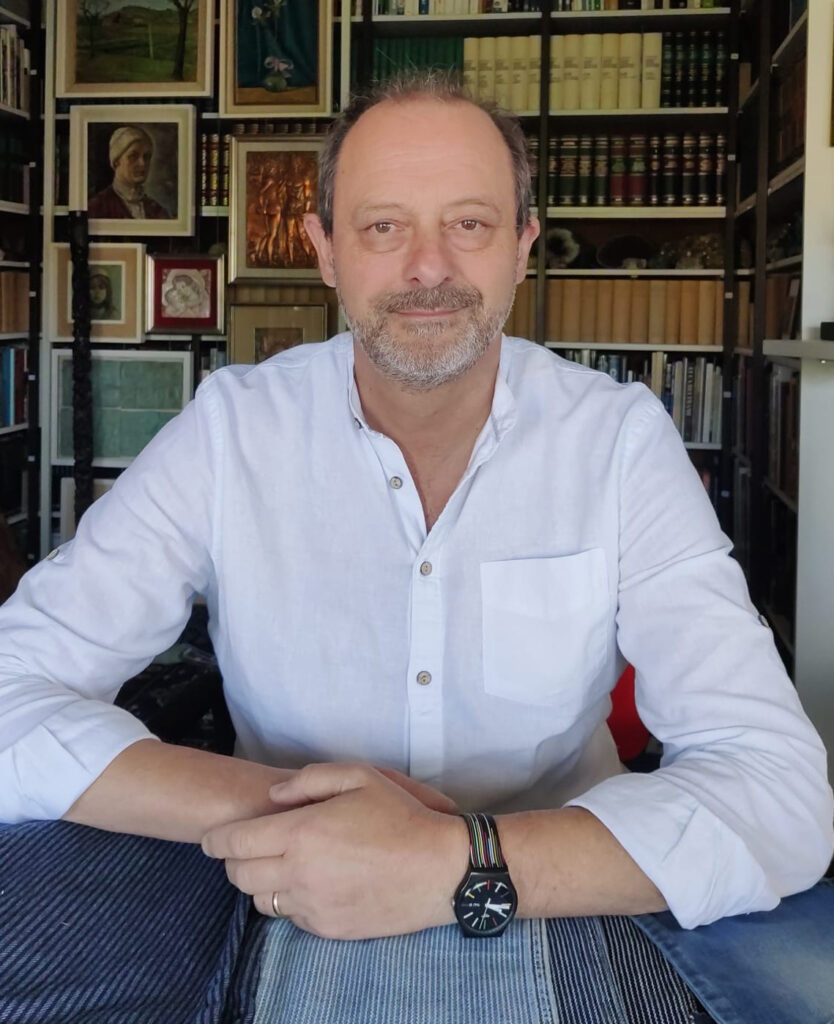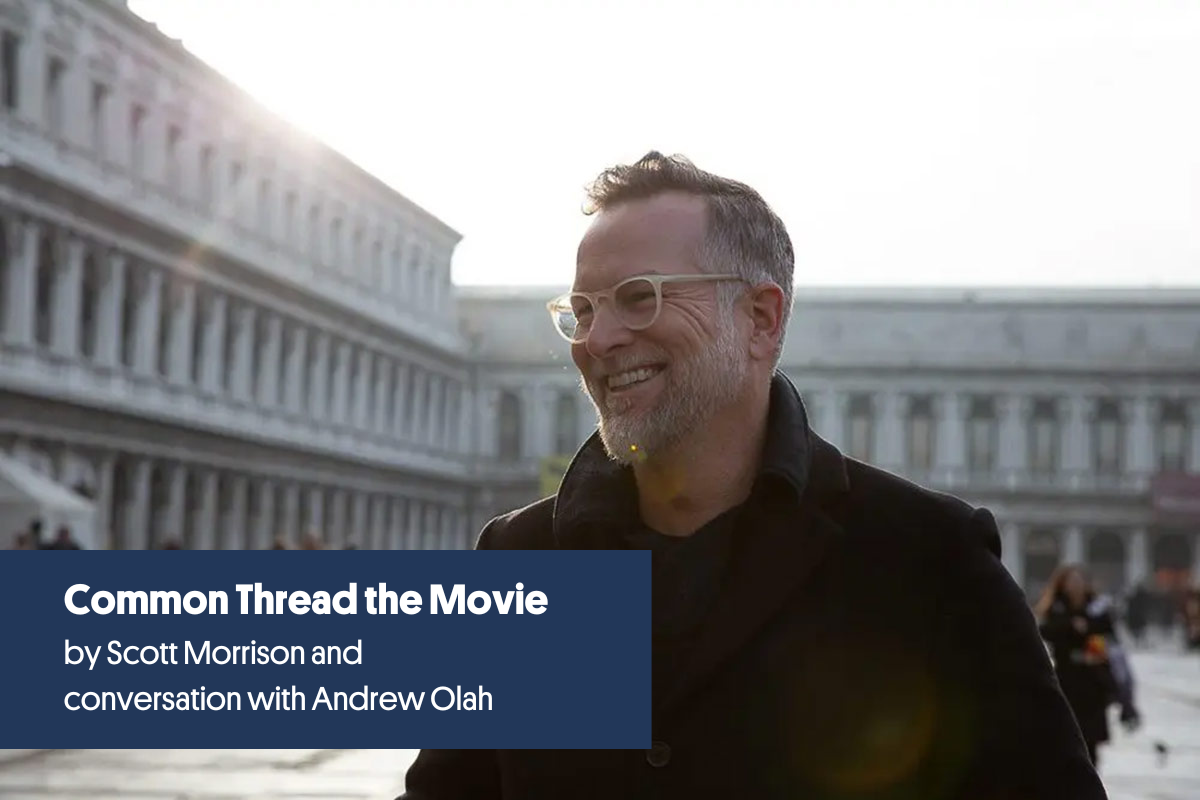Founder’s Letter: Three Changes Needed in our Industry
Bergamo is a city 40 kilometers or 25 miles northeast of Milano Italy. It lies approximately 30 kilometers or 19 miles from Switzerland with, the Alpine lakes of Como intimately close and the Bergamasque Alps immediately north of the city. With a population of 130,000 people, Bergamo is a peaceful and beautiful paradise to live in and a place where many cotton mills from the 1800’s settled. For the denim industry it is a kind of Bethlehem for denim. I had the good fortune to work for Legler Industriale for 25 years, which were perhaps the first denim mill outside the USA and located in Bergamo. A great many people in our industry started careers at Legler and for all of us it was a real school of denim. Those people now fuel our industry in lots of divergent places. Legler sprouted amazingly knowledgeable people with amazing résumés, skill and ideas. It would be fun to have a Legler Alumni weekend just to discuss our treasured denim industry, our learnings and our opportunity to lead the global textile and apparel industry by example in our march towards sustainability.

One of the members of this “alumni” is Paolo Leidi whom most of our readers have never heard about but who is someone incredibly vital to the denim world and in my eyes is a celebrity like Jimmy Iovine was in the music industry or other behind-the-scenes experts in many industries.
Paolo was as lucky as I was starting a career with his father, a textile company ITE, in 1987. Their purpose was to offer engineering consulting and product development to the denim manufacturing industry in Italy and abroad, based on their accumulated experience.
Over these last 35 years ITE has provided services to denim mills in Italy (CDI), Greece (Hellenic), Turkey (Isko), Tajikistan, Uzbekistan, China (Yuan Ji), Brazil, Mexico, Pakistan, India and Vietnam offering a wide ranging technical and intellectual support to their customers, some of the major iconic denim mills in the world.

Paolo and I recently caught up (by zoom of course) and I wanted to hear his ideas on how our industry could green up faster. He suggested Three Changes that our industry should adopt.
1. The industry needs a standard and certification for dyeing-finishing machines pertaining to water consumption performance.
2. There needs to be automation for rigid machines running control.
3. We need to implement “On-board recycling”.
1. Certification for machines.
Paolo told me most of the manufacturing processes have remained the same in our industry for decades albeit with new and improved mechanical construction quality, higher speeds, efficiencies, lower energy consumptions, electronic controls, etc.
Denim Mills have no shortage in choosing from a wide range of machinery suppliers regardless of their needs. Buying decisions are always based on cost, machine brand reputation, and performance data. But there is not a comparative standard which would allow buyers to compare different suppliers’ product proposals to output and environmental performance.
For example when you buy a car you know the product’s performance capabilities, its energy consumption and emissions in different conditions, all of which have values that are derived from standardized tests.
His suggestion is that our industry stop acting like it’s 1942 and provide machinery buyers standardized testing so the claims they make to the industry are verifiable.
2. Automation for rigid machines running control.
While electronics plays a huge role in our machinery industry, there is virtually no sensitivity to water consumption control. Water is not considered a key point to be controlled for any final quality result.
His suggestion is that we all need to demand that machine producers create more sensitive mechanisms and to install by-default automatic valves with electronic controls that shut-down in case of machine stoppages, etc. to shut off water wasteage.
He also points out that (and this is obvious only when you read this) , not all the mills have modern machines. Hardly any factory will share the age of their equipment with buyers. And so water consumption is even higher perhaps outrageously higher while a rigid automatic control, which would be an easy retrofit, would bring significant improvements.
“Don’t forget that education is important,” Paolo told me. “Too many times I have seen water flowing in drainage without any reason in finishing departments because no one in the factory cares, benefits or realizes the impact.” Brands and Retailers could stop all this by simply asking their mills to guarantee automation for rigid machines running control.
3. Recycling on board.
Paolo has always wanted the laundries he built to have two separate drainage lines: one for dirty water and one for water that could be recycled without treatment or a light one. To him this is an easy idea. “The dishwashing machine in my kitchen has a sensor that detects water turbidity and manages the quantity of water to be used. Something similar should be applied to finishing machines”.
The subject frustrated Paolo as this idea is over three decades old and came in discussions with his old friend Osvaldo Tonello, the legendary founder the Tonello company.
“This is something that can be implemented in the case of newly constructed plants or existing ones undergoing a serious renovation.” Paolo said. “Again brands and retailers should ask their factories for it”.
Its all about “recycling on board”— a kind of filtering to re-use, at least partially re-use, water on the same machine that can be done but is not.
Paulo emphasizes his suggestions might be utopian, but we can improve our industry sustainability progress by doing what he says.
– Make more responsible design of machines, evaluated against international and uniform benchmarks
– Implement controlled and educated use of water on existing machines
– Create flexible water recycling as close as possible to the point of use
Paolo and I believe we can achieve these changes if fabric producers, (just as they are marketing fabrics performances like stretch, growth, tensile strength, etc.), talked and indicated litre/gallons of water consumed for dyeing and finishing, in true way. We hear too much on 30% less water useage or 82%. Lets have the real numbers of what they used.
There are special people like Paolo amongst us who might seem invisible but are dying to help our industry identify easy problems with easy solutions to clean up our industry wastage and misuse of resources. We need to come out from behind the curtains and speak up.
I hope everyone has a great month. See you soon,
Andrew Olah


